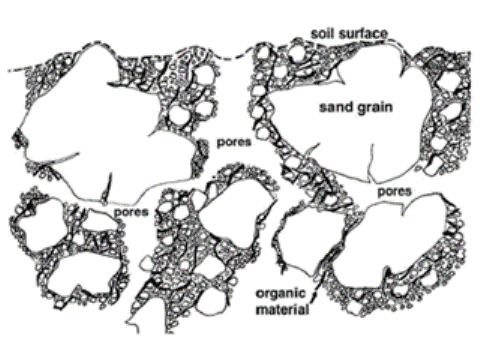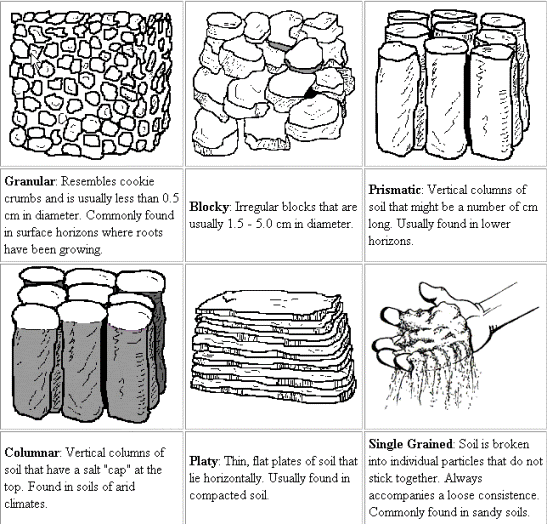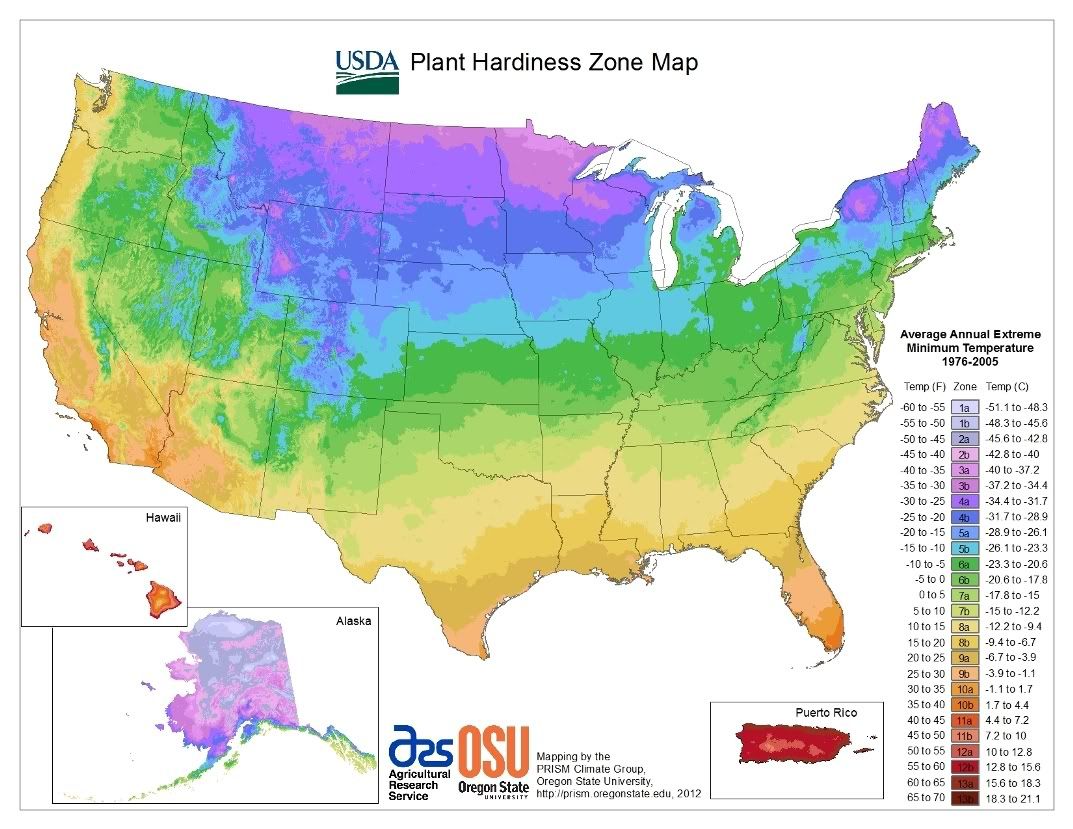
Posted on 03/02/2012 8:10:56 AM PST by JustaDumbBlonde

.
Good morning fellow gardeners! Here in NE Louisiana the weatherman claims we will reach 90 degrees today. He is really starting to get on my nerves ... doesn't he know that this is the first week of March, for pete's sake? He could shade the truth and tell us it's going to be 68, it's not like he's given bad information before, he does it at least 3 days a week. But, I digress.
First off this week, I want to share a link that fanfan, one of our gardening FRiends in Canada, sent to me earlier in the week. Three seed-sowing techniques is sure to bring valuable information to many of our gardening notebooks. Thanks, fanfan!
I'd also like to share a link to an article that shows how to build a hoop house/greenhouse that is simple, yet extremely well done and strong. In An Early Start the author provides easy to understand instructions, along with photos, for constructing a year-round environment for gardening at home. At least one of these will be built at my house this year ... I've got most of the components that I can scrap up from my piles of useful junk.
I've been threatening y'all with information on soil structure, and this week I want to begin with some basic information that we'll build on over the weeks. I hope to get everyone thinking about making the most of their yards and gardens by understanding the things we have to work with. Many of you already practice soil management and understand the importance of structure. I hope that you will join the discussion and offer all of us your some of your knowledge and expertise.
Simply put, soil structure is a term that describes the arrangement of the solid parts of the soil and of the space located between them. Basic structure depends on the soil type you are working with. (see previous thread on soil types.)

Soil structure is broken down into basic types, and is best determined by taking a sample of soil that has not been disturbed and looking closely at its shape. The shape of the soil will fall into one of the following categories: granular, crumb, blocky, platy, prismatic, columnar, single-grained, or massive. Note that massive soil is not pictured in the following diagram, but is basically unpermeable soil that is a solid block with no spaces.

Each individual unit of soil in the overall structure is called a ped. Only about 50% of structure is solid material. The remainder is spaces of air, organic matter, water and minerals. Other riches in the soil are worms, mites, nematodes, deep growing plant roots, bacteria and fungi. All of these things together are indications of soil quality, and developing a management strategy to enhance that quality is a sure way to hit pay dirt.
Why is information on structure important to you and your garden? Structure determines how well your plants will grow. Good structure reduces erosion, improves root penetration and access to soil moisture and nutrients. Even seedlings will emerge easier in well managed soil due to less surface crust. Water infiltrates good structure better and is more readily retained. Some soil health consultants claim that garden productivity can improve 2 to 3 fold with improved structure.
The best news is that anyone can improve the structure of their soil. In coming weeks I will be setting out ways to do just that. I decided to do this in several parts for a couple of reasons: structure is not something that you've going to attack and change in the span of a week; and if I presented all of it in one thread, eyes would glaze over and we would all fall asleep and miss planting season. 

The Weekly Gardening Thread is a weekly gathering of folks that love soil, seeds and plants of all kinds. From complete newbies that are looking to start that first potted plant, to gardeners with some acreage, to Master Gardener level and beyond, we would love to hear from you.
This thread is non-political, although you will find that most here are conservative folks. No matter what, you won’t be flamed and the only dumb question is the one that isn’t asked.
It is impossible to hijack the Weekly Gardening Thread ... there is no telling where it will go and that is part of the fun and interest. Jump in and join us!
Weekly Gardening Thread (Catalog Fever) Vol. 1 Jan 6, 2012
Weekly Gardening Thread (Seeds) Vol. 2, January 13, 2012
Weekly Gardening Thread Vol. 3, January 20, 2012
Weekly Gardening Thread (U.S. Hardiness Zones) Supplemental Vol. 1
Weekly Gardening Thread (Soil Types) Vol. 4, January 27, 2012
Weekly Gardening Thread (Vacation) Vol. 5, February 03, 2012
Weekly Gardening Thread (Vacation) Vol. 6, February 10, 2012
Weekly Gardening Thread (Vacation?) Vol. 7, February 17, 2012
Weekly Gardening Thread (Home Sweet Home) Vol. 8, February 24, 2012
Next week: transplanting new tomato plants

Is there a smiple and easy way to check soil pH?

Detailed State Plant Hardiness Zone Maps
International Plant Hardiness Zone Maps
Australia
Canada
China
Europe
Japan
Hi, may I join your gardening list?
If your yard or garden is large, do the test in more than one spot.
Thanks!
Any recommendations from anyone on a cheap, enclosed, outdoor composting bin? I’m going to try composting for the first time.
You don’t have any soil types listed with soil capped by several feet of snow. That is the soil type I have!
Are you bragging or complaining Otzi...
The trick to successful composting is sunshine, moisture and turning pile often.
You can use a trash can, make a simple frame with scrap lumber, or just of pile of compost on the ground.
Compost ‘works’ better in a sunny spot, but moisture and turning more important.
Turn your compost pile every 3 days or so, and add water to maintain a high moisture content.
I use a rake to pull the compost pile apart, and then repile with a shovel - makes a tough project as easy as possible.
Consider using a compost screen to remove/recompost larger pieces as you start to use your compost.
The best plans I ever saw for a homemade compost bin used 2 old baskets from washing machines that were welded together and mounted on a stand. The air holes are already there and you make an access door.
But the cheapest and easiest way to get started is to find a spot on the ground and begin piling your kitchen scraps and yard waste there. There is really no need for an official 'bin'. You can turn it over with a garden rake or shovel when the time comes. That is the way that I started, and I still have a pile that is closer to the house than my compost enclosure.
LOL! Actually, I envy you and your snow. :)
My compost heap only gets turned a couple of times a year and breaks down very well. What is the advantage of turning every few days?
Me too. Well, not several feet, but a fraction of an inch!
Good morning. Oetzi That’s a good one!
Mornin’ Mr. Bender! How are you and the lovely missus?
Good morning tube blender.
Iceman Oetzi's DNA Shows He Was Predisposed To Heart Problems (and Lyme Disease)
Back in 1976 I learned that the Egyptian mummies residing at the University of Philadelphia suffered from varicose veins and gum disease. Some days, it seems hardly worth trying!
The more often you turn your compost pile, the faster it works.
And the top (dry) level will compost better too.
I’m sorry. I should have directed #15 and #18 at YOU I didnt think you’d be up and at ‘em so early.
Disclaimer: Opinions posted on Free Republic are those of the individual posters and do not necessarily represent the opinion of Free Republic or its management. All materials posted herein are protected by copyright law and the exemption for fair use of copyrighted works.